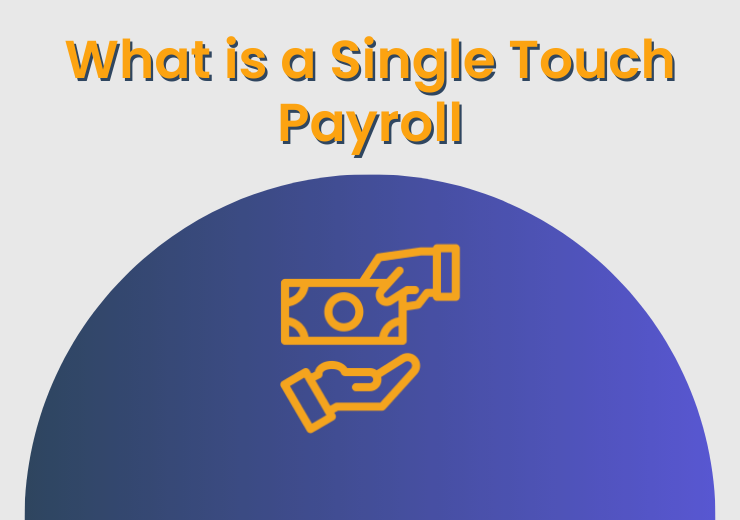Introduction
In the dynamic landscape of payroll management, staying abreast of technological advancements is crucial. One such innovation that has revolutionized how businesses handle payroll is the Single Touch Payroll (STP) system. Let’s delve into what STP entails, its historical context, key components, advantages, challenges, and how businesses can smoothly implement this transformative technology.
Historical Context of Payroll Systems
Traditionally, payroll processes were cumbersome, involving manual data entry and a myriad of paperwork. The evolution of technology paved the way for more efficient methods, leading to the inception of Single Touch Payroll.
Key Components of Single Touch Payroll
STP involves real-time reporting, where employers send crucial information to the Australian Taxation Office (ATO) every payday. This includes details about employee salaries, taxation, and superannuation contributions.
Advantages of Implementing STP
Implementing STP brings a myriad of benefits. Accuracy in reporting is enhanced, compliance with regulatory requirements is streamlined, and businesses experience significant time and cost efficiency.
Challenges and Concerns with STP
While the advantages are evident, challenges exist. Initial setup costs, concerns about employee privacy, and the need for extensive training for businesses can pose hurdles.
STP Implementation Process
To successfully implement STP, businesses need suitable software, integration with existing payroll systems, and an understanding of the obligations placed on both employers and employees.
Impact of STP on Small and Large Businesses
STP is adaptable to businesses of all sizes. Tailoring its implementation to suit the specific needs of small and large enterprises is crucial for optimal results.
Government Regulations and STP
The ATO has laid out specific requirements for STP compliance, with penalties for non-compliance. Understanding and adhering to these regulations is paramount for businesses.
Future Trends in Payroll Management
As technology advances, so does STP. Integration with artificial intelligence and machine learning is on the horizon, promising even more streamlined payroll processes.
Success Stories of Businesses Adopting STP
Numerous businesses have witnessed positive transformations after adopting STP. Improved efficiency, accuracy, and a positive impact on the bottom line are common outcomes.
Common Misconceptions About Single Touch Payroll
Clearing up myths and misunderstandings surrounding STP is essential. Addressing concerns from both businesses and employees ensures a smooth transition.
STP and Global Payroll Trends
STP is not unique to Australia. Globally, similar systems are gaining traction, but cross-border challenges require careful consideration and innovative solutions.
Case Study: Transitioning to Single Touch Payroll
For businesses considering the shift to STP, a step-by-step guide and lessons learned from successful transitions provide valuable insights.
Tips for Choosing the Right STP Software
Selecting the right STP software is critical. Considering features, scalability, and future needs ensures a seamless integration that meets the evolving requirements of the business.
Conclusion
In conclusion, Single Touch Payroll is a game-changer in the realm of payroll management. Its benefits are manifold, from enhanced accuracy to time and cost efficiency. Embracing this change is not just a necessity; it’s an opportunity for businesses to thrive in an increasingly digital landscape.
FAQs
-
Is Single Touch Payroll mandatory for all businesses?
- While not mandatory for all businesses, it is mandatory for employers with 20 or more employees.
-
What are the potential penalties for non-compliance with STP?
- Penalties for non-compliance can include fines and other regulatory actions.
-
Can STP be integrated with existing payroll systems?
- Yes, STP is designed to be integrated with existing payroll systems for a smoother transition.
-
Are there government incentives for businesses adopting STP?
- Some jurisdictions offer incentives for businesses adopting STP, but these vary.
-
How often does a business need to report under the STP system?
- Employers need to report information through STP every payday.

